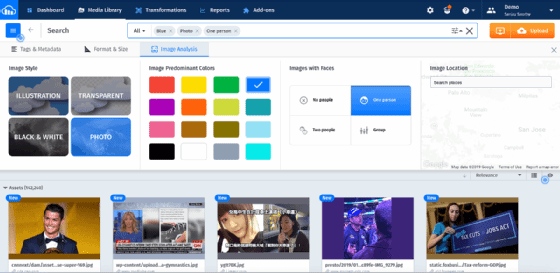digital library
What is a digital library?
A digital library is a collection of digital objects, such as books, magazines, audio recordings, video recordings and other documents that are accessible electronically.
What are digital libraries used for?
Digital libraries provide users with online access to a wide range of resources. They are often used by students for research or by professionals seeking to stay current on the latest developments in their field.
Digital libraries can provide users with access to rare and out-of-print materials that might be difficult or impossible to locate in physical libraries. Digital libraries also offer a variety of search and sorting features, as well as social media-like features that can connect users with others to discuss topics.
As digital libraries continue to evolve, new features such as multimedia content, data visualization tools and interactive experiences are being added to software to make digital libraries even more engaging and helpful.
Where can I find a digital library?
Digital libraries can be accessed from any computer or device with an internet connection, meaning that there is no need to physically visit the library or store materials to access them.
Digital libraries are often used by public libraries, university libraries and private companies. Much of the software available is Open Source or free to use. Examples include the Digital Public Library of America, Open Library, the Internet Archive and Project Gutenberg.
It is important to note, however, that some libraries require users to have specific plugins or software installed to view certain content. The relevant information should be noted on the library's website.
Besides these platforms, a variety of other providers offer digital asset management options, such as software vendors, cloud service providers and companies specializing in library automation. These services can range from customized digital collections to full-fledged enterprise-level software platforms.

What are the advantages of using a digital library?
The advantages of using a digital library include access to an expansive collection of materials, increased convenience because users can access the library from anywhere with an internet connection, powerful search and sorting features to narrow results, and multimedia content that is not available in physical libraries.
Digital libraries also offer a more engaging experience for users with interactive elements, as well as social media-like features for connecting with other users and exploring topics in new ways. Digital libraries often offer a variety of customization options so that organizations can tailor the experience to their needs.
The accessibility and versatility of digital libraries make them invaluable resources for students, professionals, and anyone seeking knowledge or entertainment.
Do copyright laws apply to digital libraries?
When using a digital library, it is important to be aware of copyright laws and the terms of service (TOS) associated with each library or platform.

For example, some libraries allow for limited usage of copyrighted materials for research or educational purposes, while others do not. Review the TOS and find out what permissions are required to use a particular library or resource.
In addition, be aware of the licensing agreements associated with each digital object you access. This information can often be found in the metadata associated with the object.
What other types of digital resources exist?
Besides digital libraries, there are a variety of other digital resources that can be used for research, reference and entertainment. These include digital archives, databases, online journals, streaming media services, virtual museums and more.
By taking advantage of these types of resources and integrating them with a digital library platform, users can have access to an even wider collection of materials and information.
Learn the basics of digital asset management and how to migrate to a media asset management system.
